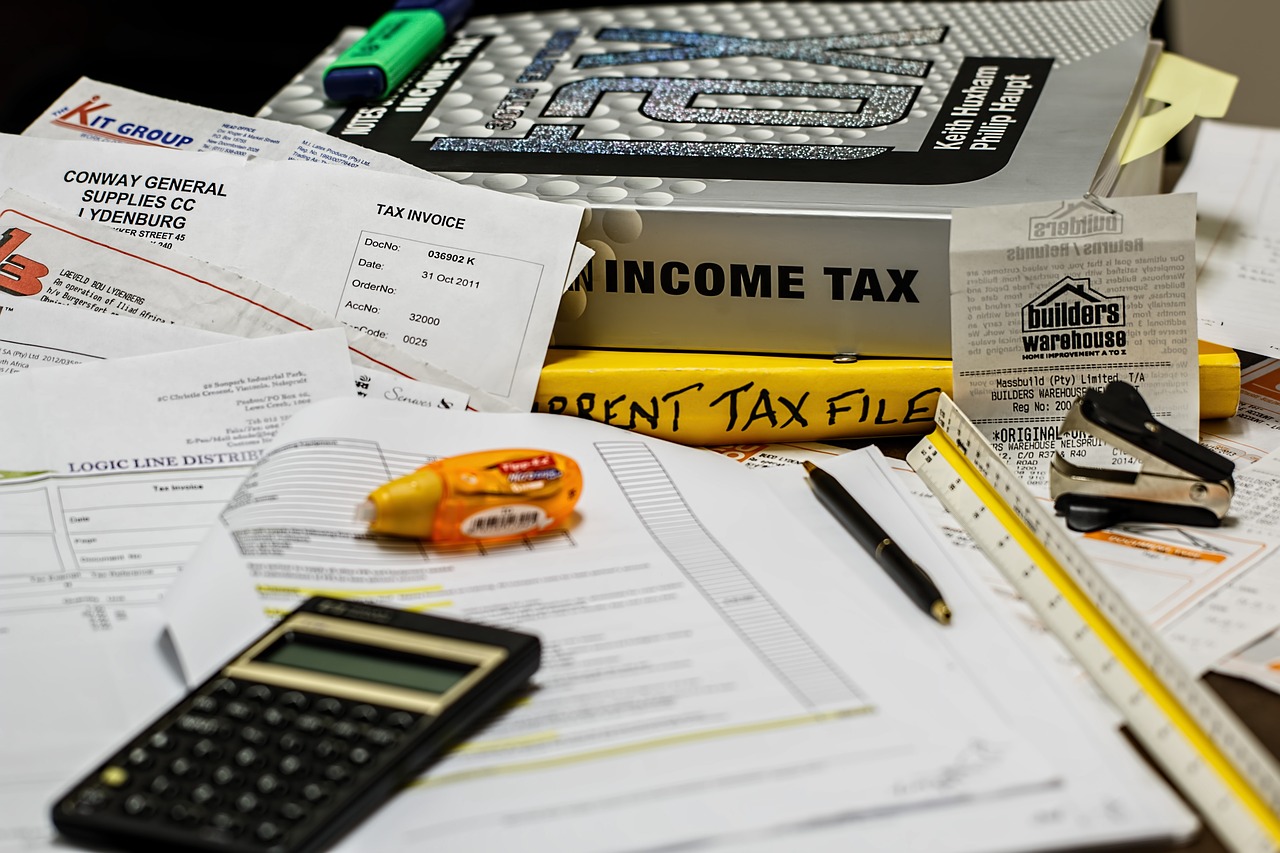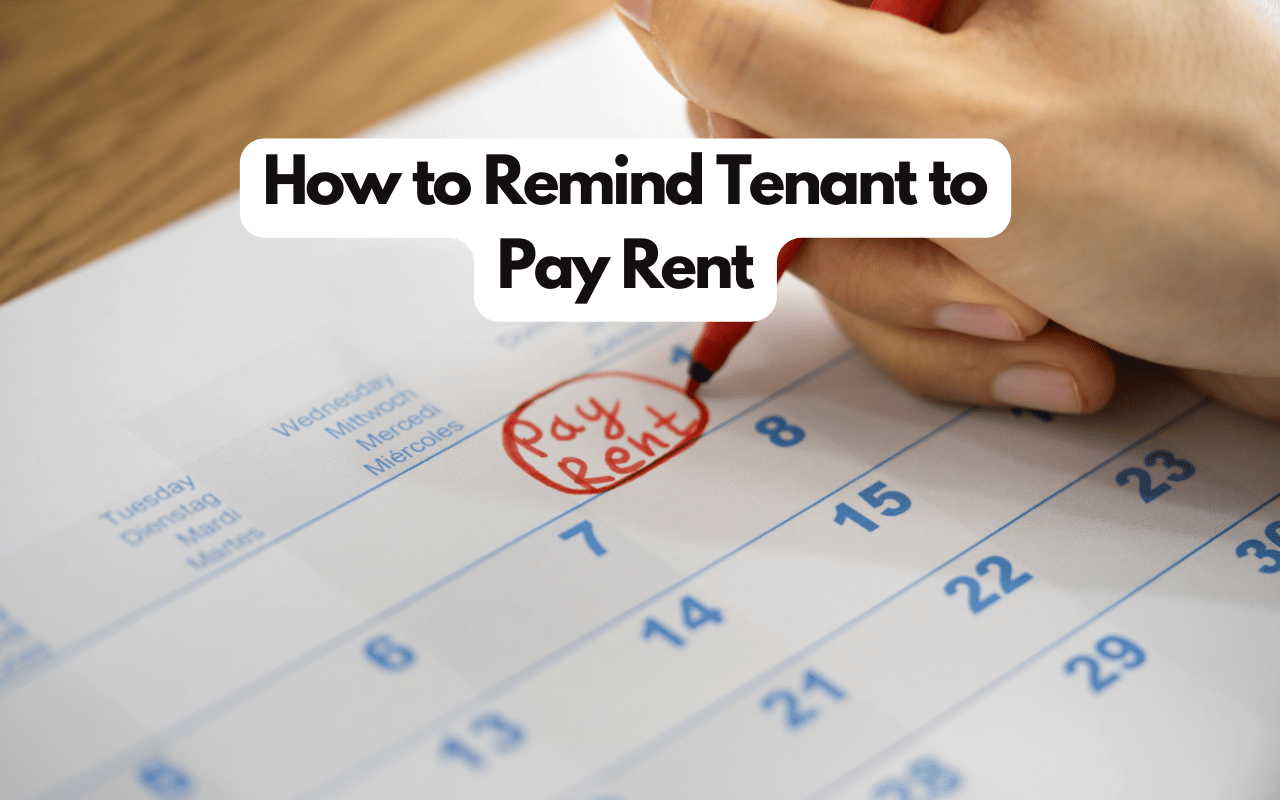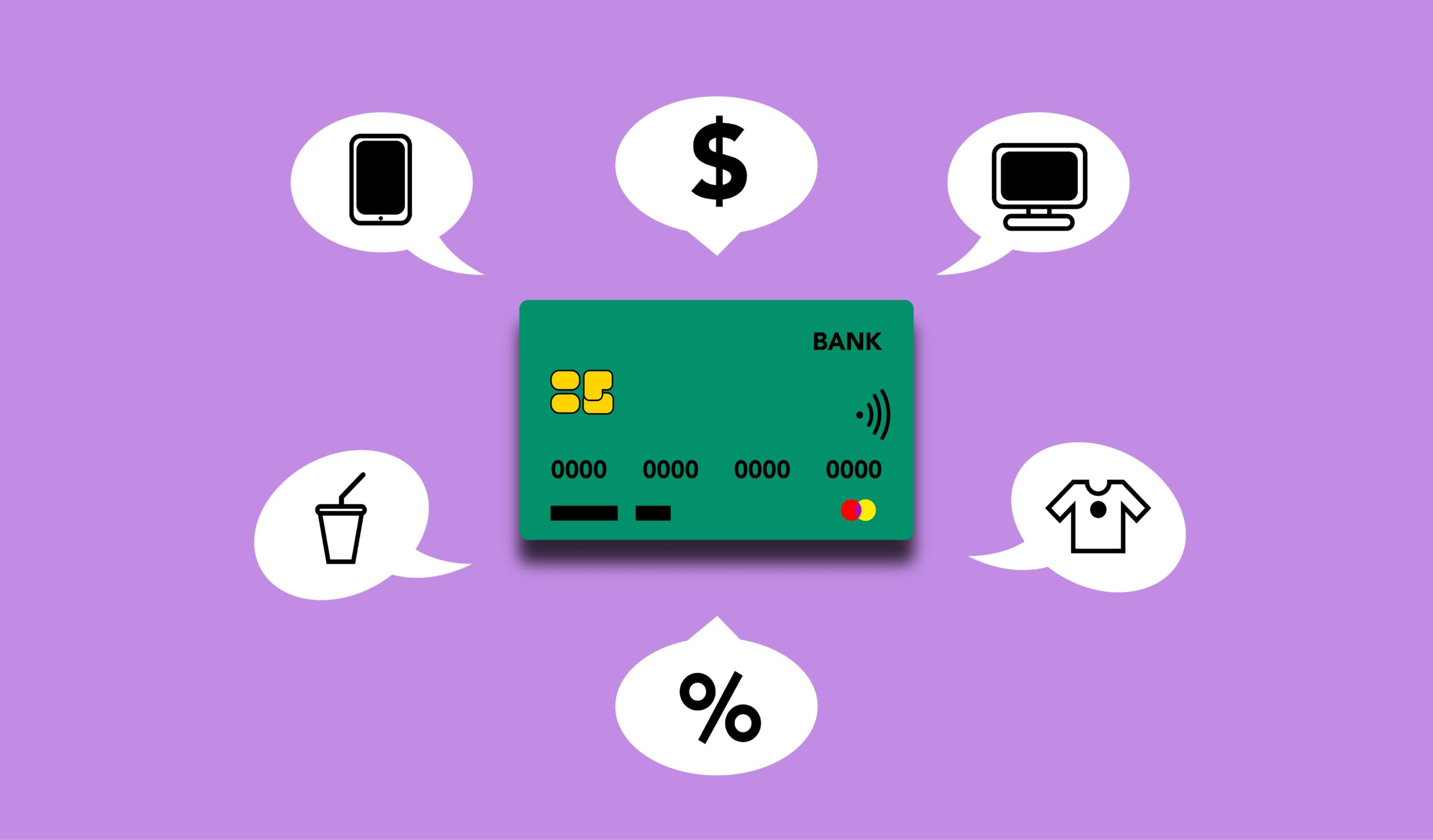How to Pay 1099 Workers: A Complete Guide

Discussing payment details thoroughly with the individual you are hiring is crucial for a transparent and successful working relationship. Typically, the hired person will present you with a written contract outlining the specifics of how and when they will be compensated. The most prevalent methods of payment include hourly rates or project-based payments. Some independent contractors, like attorneys, may prefer retainer-based payment structures. This involves paying a lump sum at the start of each month, securing a set number of work hours in return.
In your interactions with a 1099 worker, it’s imperative to address additional payment considerations:
1. Payment Frequency: Determine how often payments are due. Common options include upon receipt of the invoice, net 15, and net 30 days.
2. Measurables or Milestones: Establish measurable goals or milestones for payments. For instance, a project-based pay agreement might include specific deadlines for different project components. Compensation is released as each milestone is successfully met.
3. Timeliness of Work Completion: Clarify the consequences if the contractor fails to complete the work within the agreed-upon timeframe.
4. Timeliness of Payment: Define the actions to be taken if your company’s payments are not made on time.
5. Work Quality: Address the procedure to follow if the delivered work is deemed unacceptable or incorrect.
6. Revisions: Determine who is responsible for revisions and establish the acceptable number of revisions.
These payment terms are equally as critical as the payment amount itself. Deciding on these terms before work commences ensures a clear understanding of expectations and fosters a smoother working relationship.
What Is Form 1099?
The Internal Revenue Service’s Form 1099, specifically identified as Form 1099-NEC, serves as a crucial document for businesses engaging freelance or contract personnel. It is not exclusively applicable to businesses; individuals who enlist the services of workers, including roles like housekeepers, accountants, or attorneys, and compensate them $600 or more annually, are also mandated to provide these workers with a Form 1099. Simultaneously, they are required to submit the completed form to the IRS. This procedural step ensures compliance with tax regulations, fostering transparency in income reporting for both businesses and individual employers.
W2 vs. Form 1099
In essence, employee compensation is summarized on a Form W-2, while contractor compensation is computed using a Form 1099. The W-2 not only outlines the total compensation but also details the amount of federal income tax, along with state and local taxes that were withheld. In contrast, Form 1099 does not indicate withheld taxes, as it is the responsibility of the contractor to manage these payments. This distinction often leads to confusion in determining whether an individual is classified as an employee or an independent contractor. Before delving deeper into this aspect, let’s establish a foundational understanding by covering the basics.
How do I pay someone as a 1099 employee?
Given that 1099 workers are not part of the regular payroll, it becomes necessary to manually compensate them using methods such as cash, checks, or online platforms like PayPal or Venmo. For enhanced convenience and efficiency, leveraging payroll services and software such as QuickBooks proves beneficial. These tools automate the tracking of invoices and facilitate seamless payments for each independent contractor, streamlining the entire payment process.
Who’s Responsible for Independent Contractors’ Payroll Taxes?
Independent contractors bear the responsibility for their federal payroll taxes, commonly referred to as self-employment tax. This tax comprises two components: 12.4% directed to Social Security and 2.9% allocated to Medicare, resulting in a total of 15.3%. Quarterly payments are customary and are reported using Form 1040-ES, specifically designed for Estimated Tax for Individuals. Depending on the jurisdiction, freelancers may also be liable for state and local taxes.
However, it’s important to note that in certain circumstances, the service recipient may be obligated to withhold taxes from the payment made to an independent contractor. Backup withholding comes into play when freelancers furnish an incorrect Taxpayer Identification Number (TIN) or inaccurately report their income on a tax return, ensuring compliance with tax regulations.
Can the IRS garnish wages on a 1099 employee?
Indeed, the IRS has the authority to garnish 1099 wages, but specific protocols must be adhered to. Typically, there are five notices issued before the IRS can initiate income levies. The process unfolds as follows:
- A taxpayer neglects to fulfill their tax payment or establish an alternative payment arrangement.
- The IRS evaluates the outstanding taxes.
- The taxpayer is issued a Notice and Demand for Payment, often in the form of a CP501 Notice as a reminder.
- At least thirty days before the potential levy, the IRS dispatches a Final Notice of Intent to Levy and Notice of Your Right to a Hearing.
- Upon the issuance of a levy, the IRS gains the authority to seize assets such as wages, bank accounts, real estate, and more to settle the tax debt.
Encouragingly, the IRS has decreased the frequency of levies in recent years. This positive shift is attributed to the implementation of IRS tax relief programs, resulting in an overall increase in tax collection efficiency.






